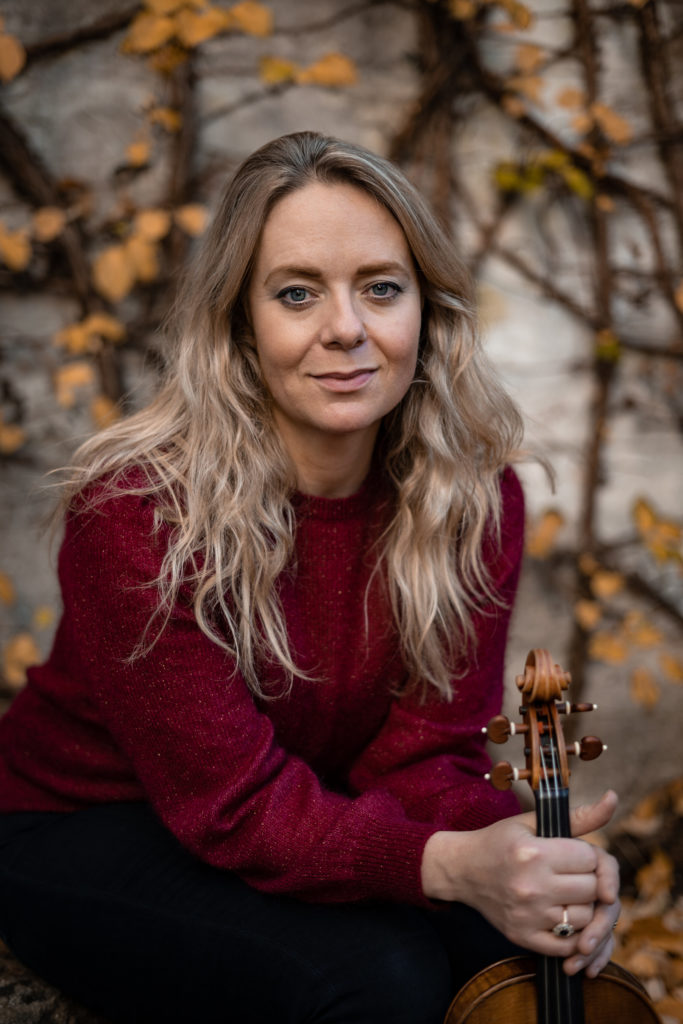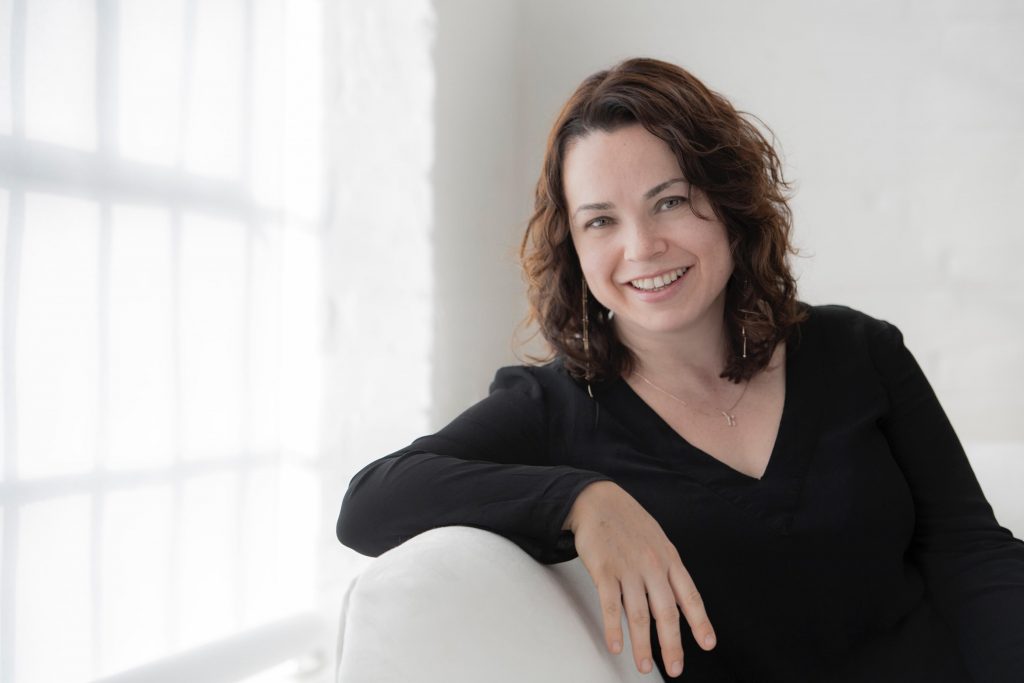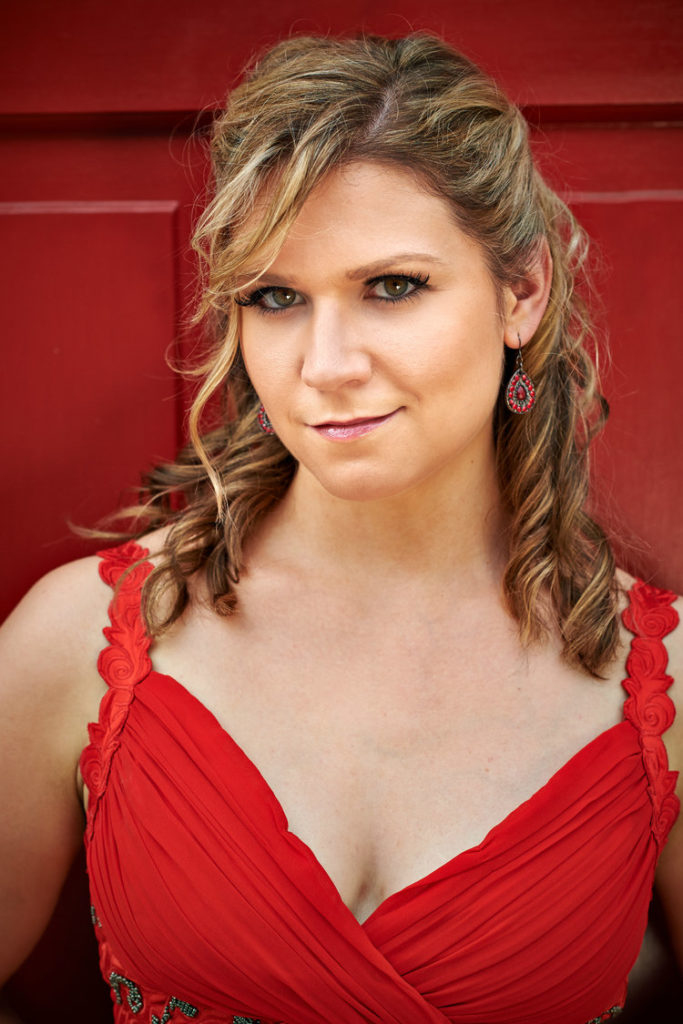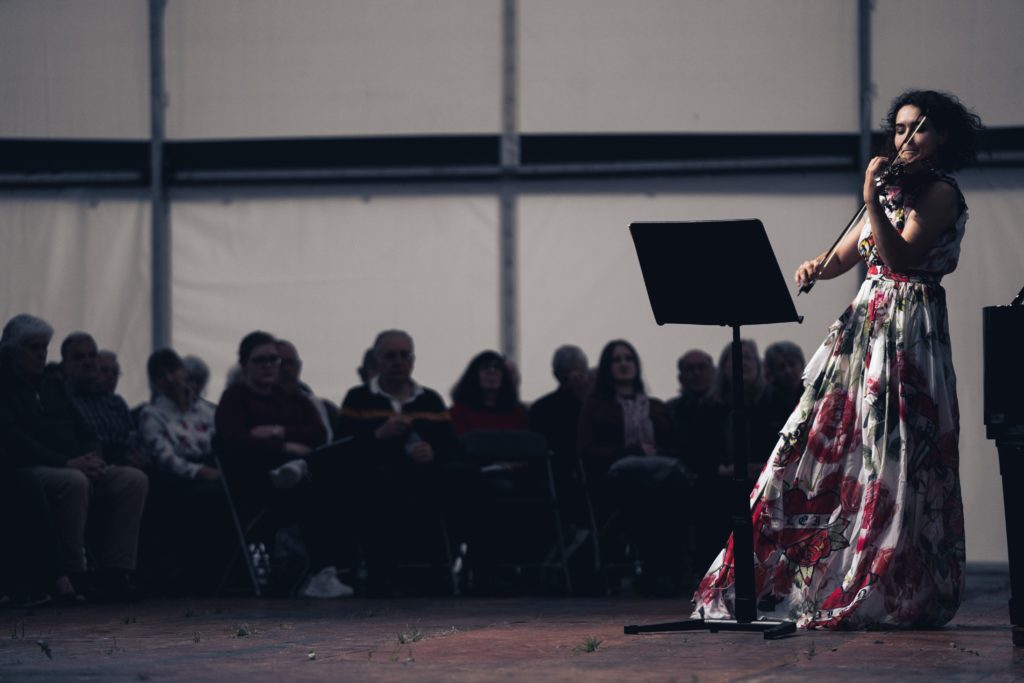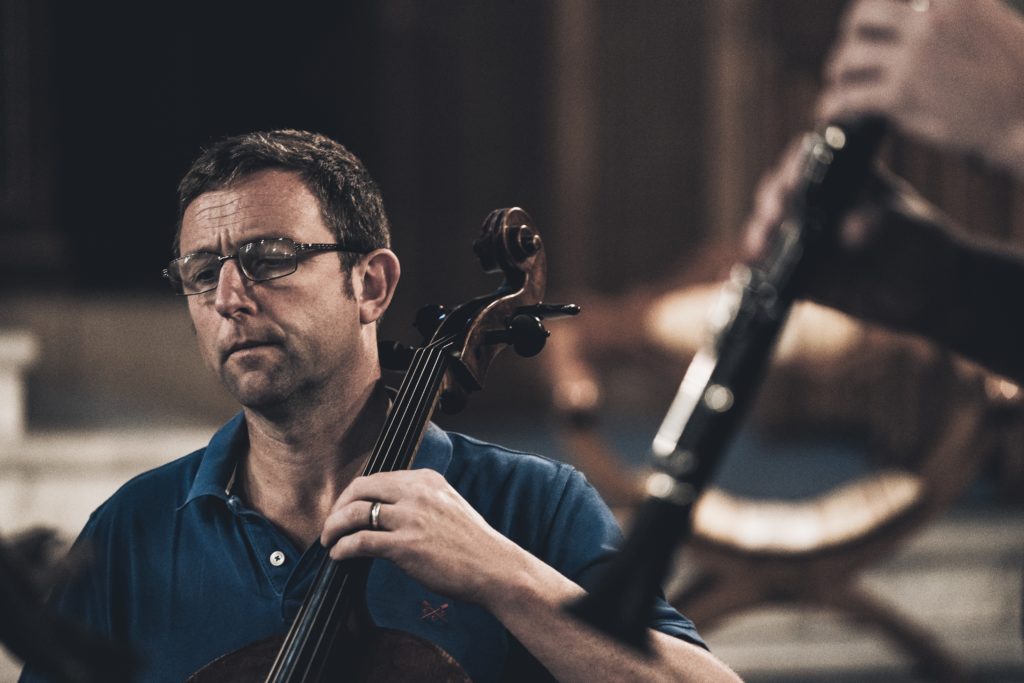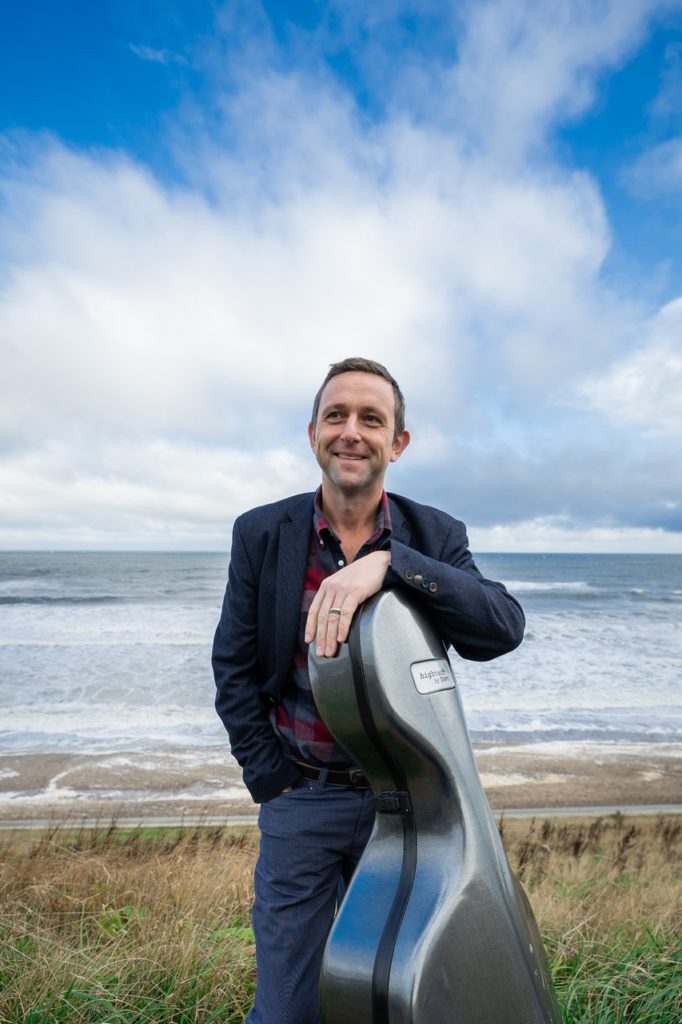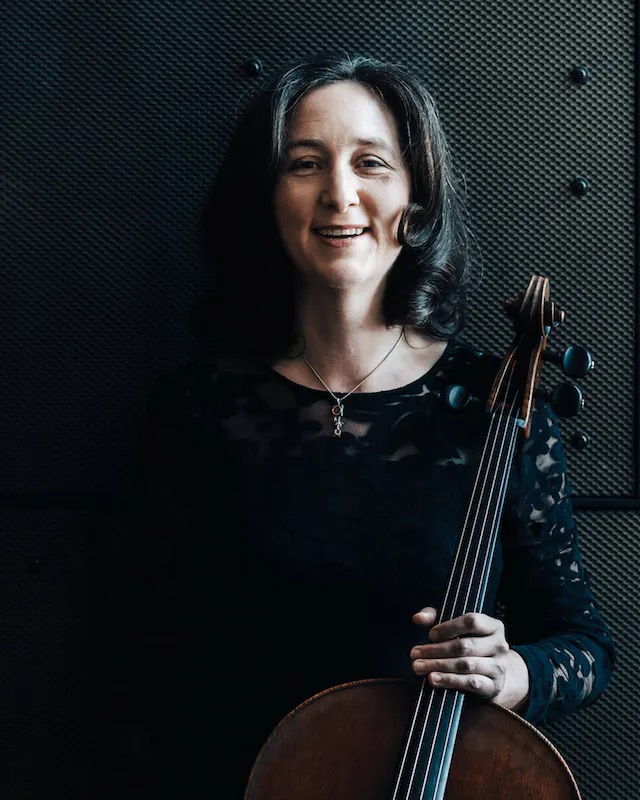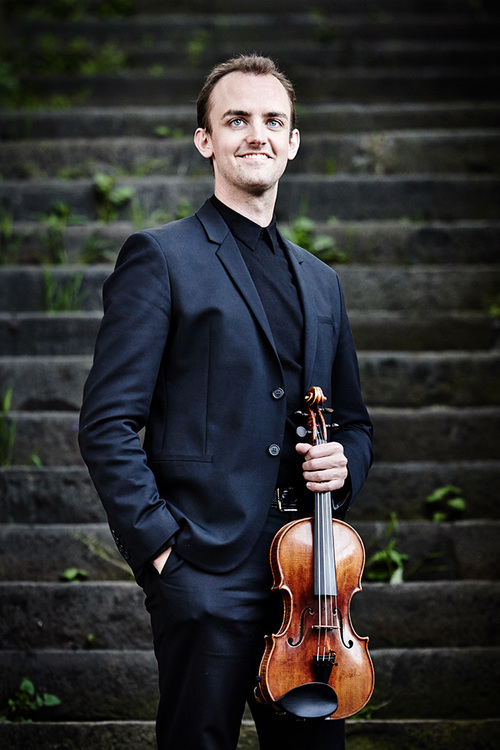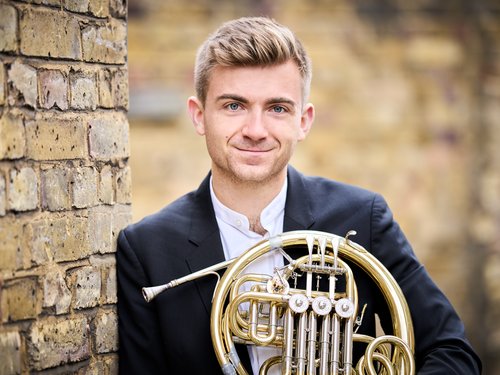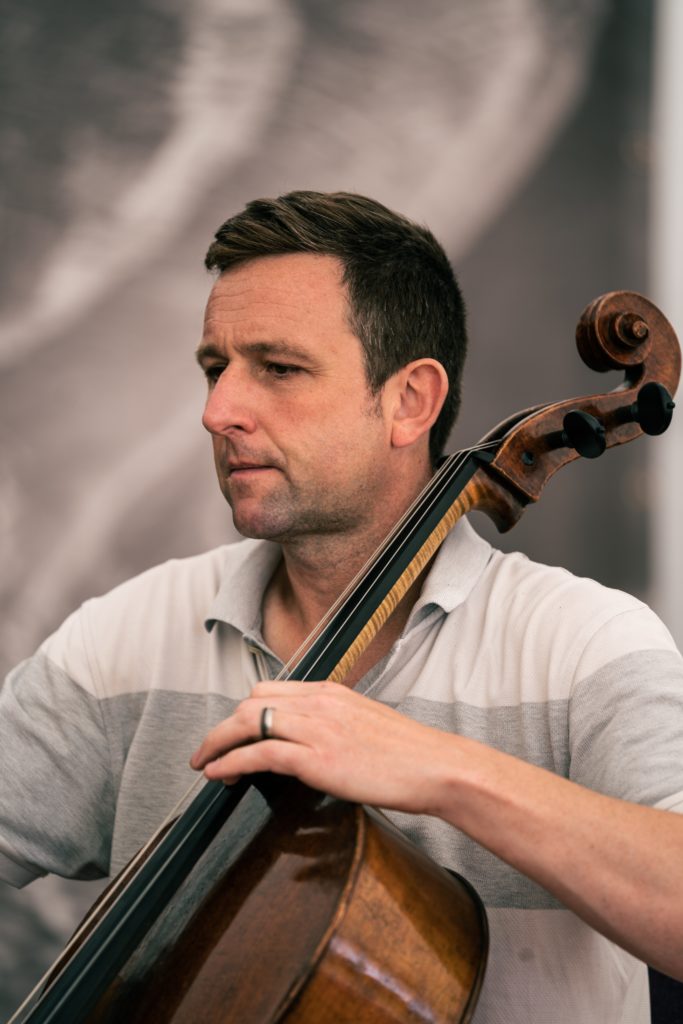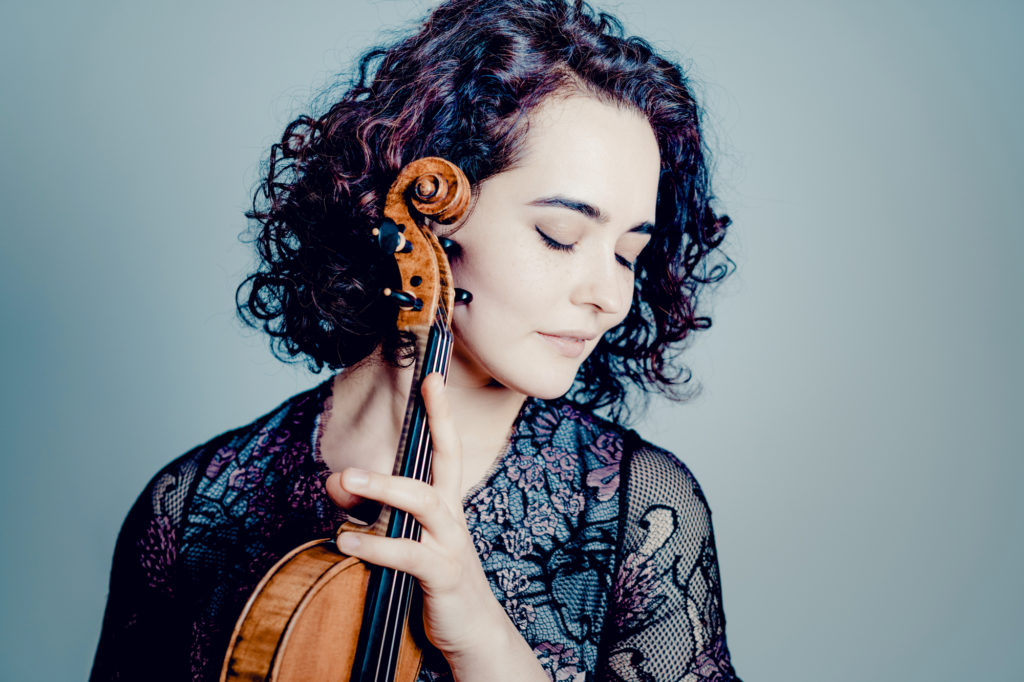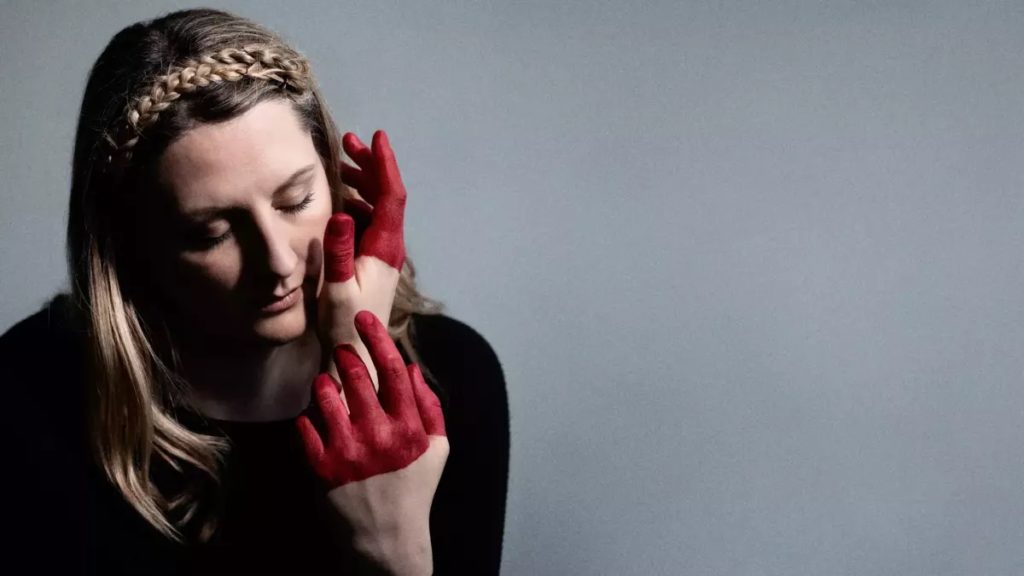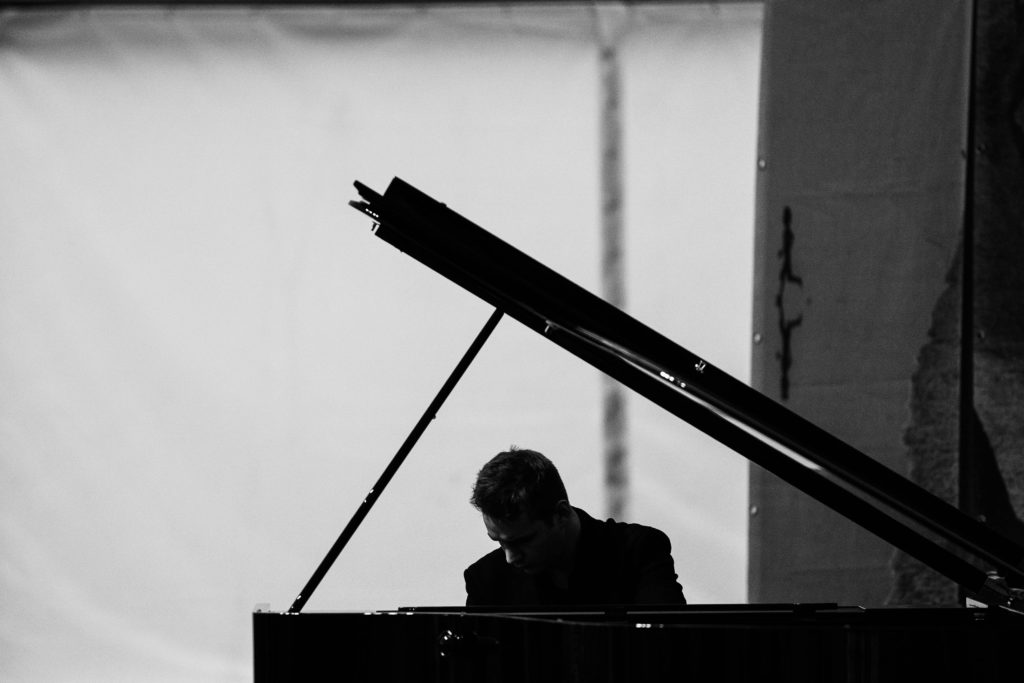
The Waldstein Trio
TWO French piano quintets dominated this programme, with solo piano bonbons introducing each.
César Franck wrote four piano trios as a teenager and then took nearly 40 years to produce his grand Piano Quintet in F minor, premiered in 1880. Another 40 years later, Gabriel Fauré wrote his Second Piano Quintet in C minor, unveiling it in 1921. They carry certain similarities but if anything the Franck sounds the more modern.
For the Franck we had the Waldstein Trio joined by Benjamin Baker as first violin and Megan Cassidy as viola. The Waldsteins were much more focused than at their earlier outing here, not striving to make an effect, and blended well with their colleagues.
It may help to remember that although Franck was born in Belgium and became French, his parents were both of German origin. This helps to explain why the principle of leitmotif, popularised by Wagner, became so important to him: one major theme recurs in various guises in all three movements of this work. It takes a while to emerge – which accounts for the urgency this ensemble brought to the opening, while searching for its raison d’être.
The start of the slow movement similarly gropes in the darkness, but it reached a nice apex here before subsiding with a sigh of relief. The tremolos in the finale lent a sense of menace, this edginess here peaking in the two heavy pizzicato passages and eventually rushing towards a highly emotional climax, where major and minor keys jostled for superiority.
The Fauré is altogether less pretentious and the now changed ensemble reflected this. The key to its success was the delicate restraint but brilliant underpinning provided by the pianist Joseph Havlat; he was never percussive. The violins of Charlotte Scott and Emma Parker were joined by the viola of Gary Pomeroy and the cello of Jamie Walton.
There was a comfortable ebb and flow right from the start before an energetic conversation between piano and strings. In the light and airy scherzo, taken at a terrific pace, the strings were like flitting fireflies.
In contrast, the richer harmonies of the slow movement spoke of a new intimacy, over the piano’s rippling flow: its main theme, heard on low strings, delivered deep emotion before vanishing into space. The viola’s opening theme was tossed around in various guises throughout a luscious finale.
Daniel Lebhardt had opened the evening with two more tasteful episodes from Janacek’s On An Overgrown Path, always sustaining their simplicity. Similarly, he applied deft brush strokes to a Debussy prelude, a thoughtful painter at his easel.
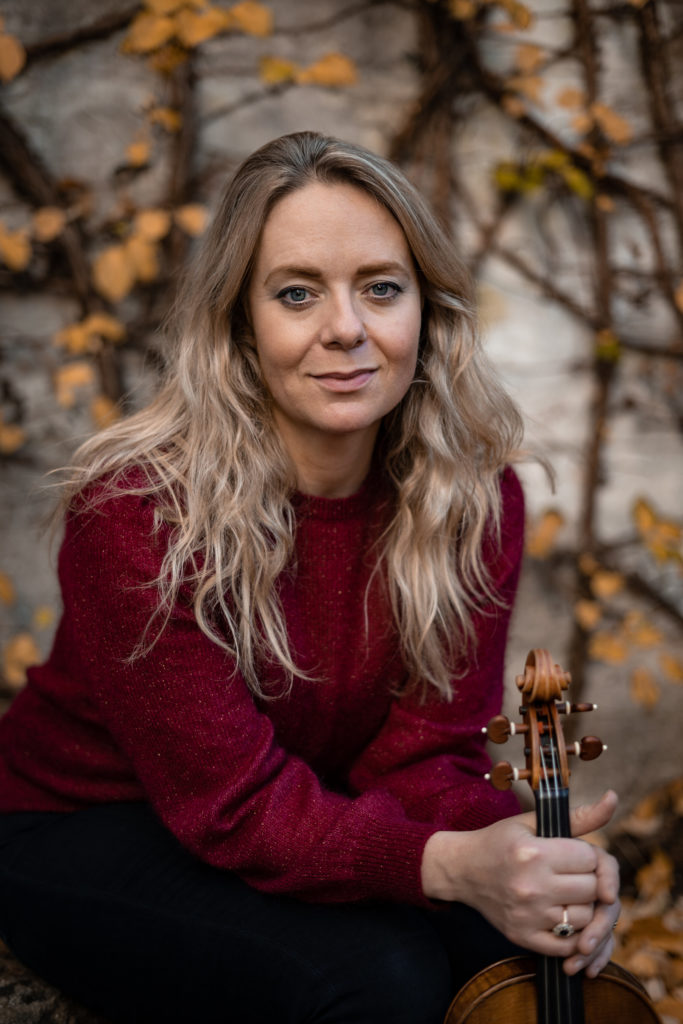
Charlotte Scott
North York Moors Chamber Music Festival, Time Present and Time Past (T S Eliot, Four Quartets), St Mary’s Church, Lastingham, August 14
THE opening line of Burnt Norton, the first of T S Eliot’s Four Quartets, was amply reflected in this stirring two-pronged matinee. A very recent string trio by Huw Watkins was followed by the last of Mozart’s six string quartets dedicated to Haydn.
There is a special aura about Lastingham church. This certainly owes much to its Saxon foundation, but equally its radiant stonework lends lightness and intimacy to an arena where none of the audience is far from the players.
In Huw Watkins’s Second String Trio, these were the violinist Oliver Heath, the violist Gary Pomeroy and the cellist Jamie Walton. The intensity of their cohesion in what is by any standards a very demanding work was a privilege to experience.
The work is divided into seven short sections. It bounced straight into an electric rampage, with a marginally calmer centre. This dissolved into the total contrast of a luscious, lyrical slow movement. Like a video dissolving into new frames, it led into something darker, with upper-voice pizzicato that encouraged the cello to break free.
But one senses that Watkins does not like to stay serious for long. A flippant, frolicsome frenzy followed, suggesting Bacchic dance or even a rite of spring. A residue of anger seeped into the subsequent Adagio, although it gradually sweetened, providing a springboard into an angular free-for-all, with all threesquabbling over a four-note motif.
However, the extraordinary finale, with supercharged cross-accents and catchy syncopation, saw the players finally coalesce in sensational style. Both the piece and its delivery were a tour de force. I would gladly hear it again any time.
After that, it hardly seemed possible that Mozart’s K.465 in C, nicknamed the ‘Dissonance’, could match the excitement of the Watkins. The violins now were Charlotte Scott and Emma Parker, with Pomeroy’s viola remaining on stage and Tim Posner taking the cello chair.
One of the special features of this festival is watching professionals go all out on a favourite piece: the thrills risk spills. But there were no spills here. After an opening as teasingly perplexing as Mozart clearly intended, there was terrific energy in the release of pent-up tension that followed and with it great transparency, so taut was the ensemble. The lovely Andante began a little forcefully but the pregnant silences in its second half were cleverly stretched.
There was even more of a surprise in the trio, which turned into a mini-drama in Sturm und Drang style, a hangover from the 1770s. The finale was brilliantly pointed. The devil was in the detail: the two-note staccato upbeat to the main theme, for example, taken in a subtle variety of ways, or the chromatic harmony, thrown out nonchalantly.
Mozart said that these six quartets were “the fruit of long and laborious effort”. This one was made to sound effortless, not least because Posner’s cello sustained the lightest of touches and allowed the spotlight to fall elsewhere: the quartet often seemed to be floating on air, a magical effect. Perhaps the secret was in the surrounding stonework.
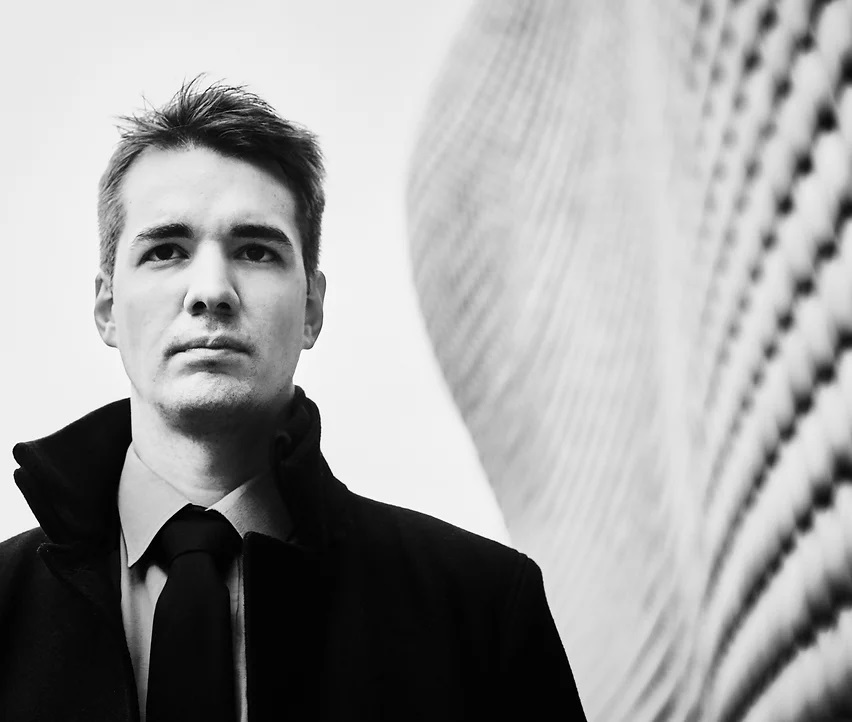
Daniel Lebhardt
North York Moors Chamber Music Festival, Of A Dark Path Growing Longer (Angela Leighton, Cyclamen at the winter solstice), Marquee, Welburn Manor, August 16
THIS was an eclectic mix of solo piano numbers interspersed with music for horn, with a Leighton piano quartet at its centre. Many of the pieces referred to night and darkness, appropriately geared to the winter solstice of the title poem.
Such is the wealth of talent on hand at this festival that there were no less than four pianists on parade here.
There were 11 pieces throughout the evening. Joseph Havlat opened the innings with the last two of Schumann’s Night Pieces for piano Op 23, the first with intriguing inner voices, the second a moving chorale. In two more of Janáček’s cycle On An Overgrown Path (dotted through the festival), he was attentive to incidental detail, especially in the sploshy “Unutterable anguish”.
Daniel Lebhardt contributed Janáček’s lullaby Good Night! towards the end, having earlier accompanied Ben Goldscheider’s horn in Mark Simpson’s Nachtstück, which delivered a pretty forceful reaction to the time of day that inspired it.
Over the rambling bass line in a very active piano role at the start, the horn flew ever higher, before something gentler followed. The horn’s response to increasingly martial piano was a muted passage almost by way of protest. A processional passage in straight time blew into a climax, before an apologetic pianissimo that seemed to include quarter-tones. It was an odd but involving mixture.
The pianist Katya Apekisheva made two welcome appearances: first, on her own in Brahms’s B flat minor Intermezzo, Op 117 No 2, where her delicate arpeggios enhanced the work’s autumnal aura, and then partnering Goldscheider in Schumann’s Adagio & Allegro in A flat, Op 70. They blended superbly. After faultless scene-setting, Schumann’s flights of fancy were mouth-watering, the duo building on one another’s phrases rather than competing.
Goldscheider was back at once in Huw Watkins’s Lament, which he had commissioned in 2021 to celebrate the centenary of Dennis Brain’s birth. The composer himself was his partner at the piano. In mainly tonal, if mildly modal, harmony a slow cantilena built to an anguished climax, at which point both players grew more temperamental. It finally subsided into a resigned pianissimo, in true elegiac fashion, as if wondering what might have been had Brain lived longer.
The central work in this programme was Leighton’s Contrasts and Variants, Op 63 (1972), a piano quartet in one movement, which was given in the presence of his daughter (the poet quoted above).
Alongside Watkins as pianist we had violinist Benjamin Baker, violist Gary Pomeroy and cellist Tim Posner. Essentially an extended theme and variations, it rambles through a variety of moods, although always with an underlying romanticism.
There was some elegant syncopated pizzicato at its heart, and the players were able chameleons through its rapidly-changing colours. But even at the end, after the strings had been muted, we were left with a sense of yearning.
Goldscheider ended the evening in dazzling style with Messiaen’s solo horn evocation of the cosmos, Appel Interstellaire. It calls for a veritable thesaurus of brass techniques. Goldscheider not only despatched them all with panache, he also gave them compelling logic, a bravura performance.
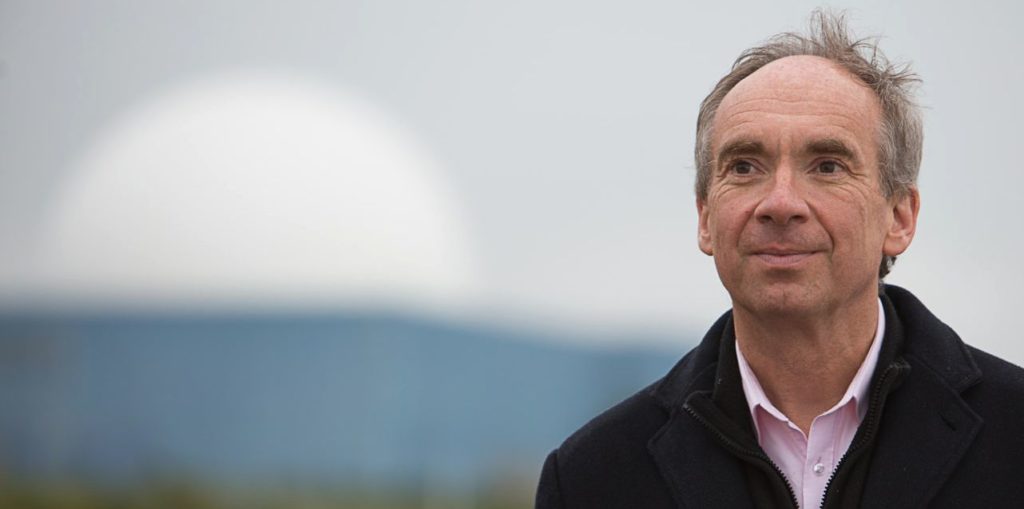
Tenor James Gilchrist
North York Moors Chamber Music Festival, ‘Tread Softly’, W B Yeats, He Wishes For The Cloths O Heaven), Marquee, Welburn Manor, August 19
THIS was an all-English evening and the first this year to include a singer. James Gilchrist lent his eloquent tenor to songs by the first great song-writer John Dowland and by Rubbra and Leighton, alongside instrumental works by Bliss and Britten.
It was a smart idea to include the two Dowland songs upon which Britten based his Lachrymae variations. Both were given in ‘consort’ versions, with a string quartet mimicking the sound of viols. It was certainly satisfactory, although we hardly felt the dance rhythms on which they were built.
What madethem a success, however, was Gilchrist’s intensity, allied to excellent diction. A sole example was his spine-tingling sforzando twice on ‘hell’ in the final verse of ‘Flow my tears’. ‘If my complaints’ was the very essence of melancholy, Dowland’s forte.
Britten wrote his Lachrymae, subtitled ‘Reflections on a song of John Dowland’, in 1950 for viola and piano. But this was his Op 48a, that tiny ‘a’ indicating the version he wrote 26 years later for viola and small string orchestra. It was a treat to hear it in this format, which turns the work into a virtual concerto. Simone Gramaglia was the thoughtful soloist, partnered by a star-studded octet.
Essentially this is a theme and variations in reverse, with Dowland’s ‘Flow my tears’ emerging radiantly at its close after a tortuous journey. Gramaglia led from the front, invigorating his posse with his rhythmic verve and insights.
When bold low strings (built on Will Duerden’s double bass) grew urgent, he soared high above, then asserting his authority in the cadenza. His tremolo led into a rushing passage before the calm dénouement.
In a sense we had also been in the Elizabethan era with Rubbra’s Two Sonnets by William Alabaster (1567-1640). These involved the viola of Simone van der Giessen, along with Gilchrist and the piano of Anna Tilbrook.
They were intense and prayerful, with tenor and viola blending especially well. In ‘Upon the Crucifix’ the pleading was mellowed by more positive thoughts, whereas the quite deliberate tempo of ‘On the Reed of Our Lord’s Passion’, with insistently dissonant viola and piano, underlined the agitation involved in Christian belief. Gilchrist’s delivery was a model of dramatic perplexity.
Gilchrist and Tilbrook also presented two movements from Kenneth Leighton’s cantata Earth, Sweet Earth. ‘Prelude’ sets a passage from Ruskin’s autobiography as a dreamscape, finishing high on a pianissimo falsetto. Gilchrist took it in his stride.
The icy terrain of ‘Contemplation’ by Hopkins grew ever more intense, and demanded particular accuracy from Tilbrook. She delivered in spades.
This left Bliss’s Clarinet Quintet, with Matthew Hunt in the leading role. Benjamin Baker led the strings, with the support of Emma Parker, Simone van der Giessen and Rebecca Gilliver. There was a lovely flow to the dialogue at the start, contrasting strongly with the taut, staccato excitement of the Allegro molto which melted into a contemplative mood.
The Adagietto had an elegiac aroma, progressing into a sighing romanticism. The finale was a real caper, leavened by syncopation right from the start. But there was still room for Hunt’s trademark cantabile before an exciting coda. The strings had kept close order with the clarinet, making their presence felt whenever possible. Teamwork was the order the evening.
Reviews by Martin Dreyer



